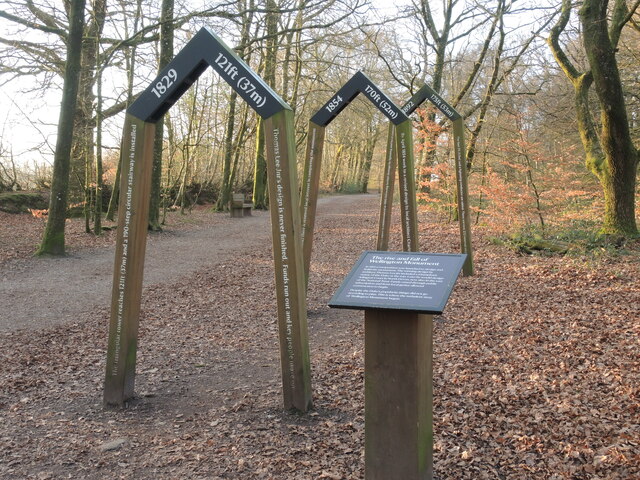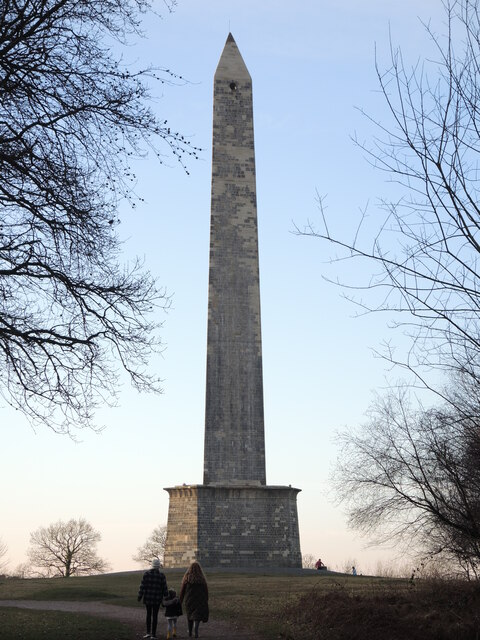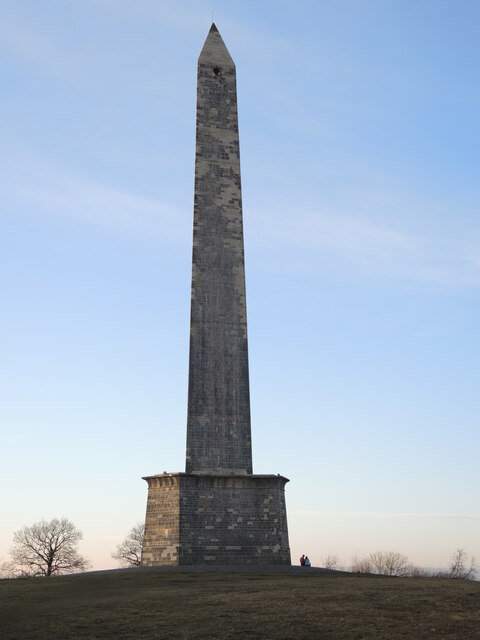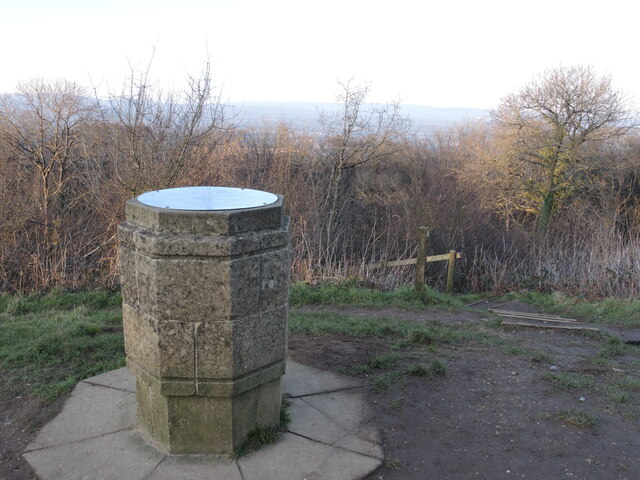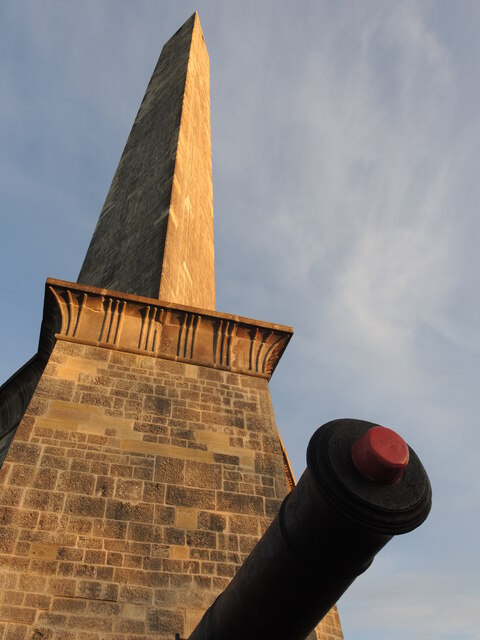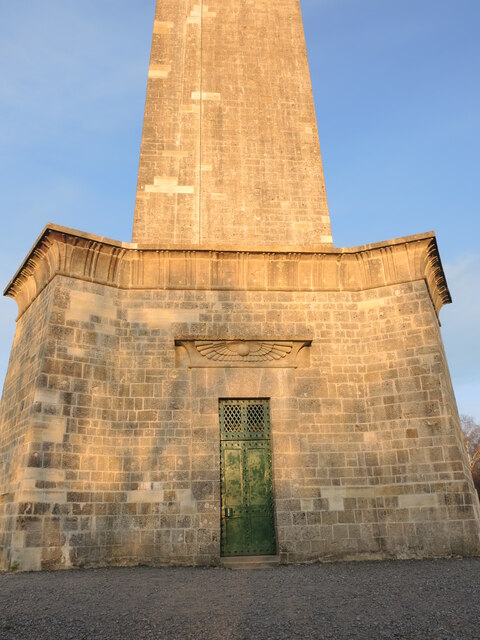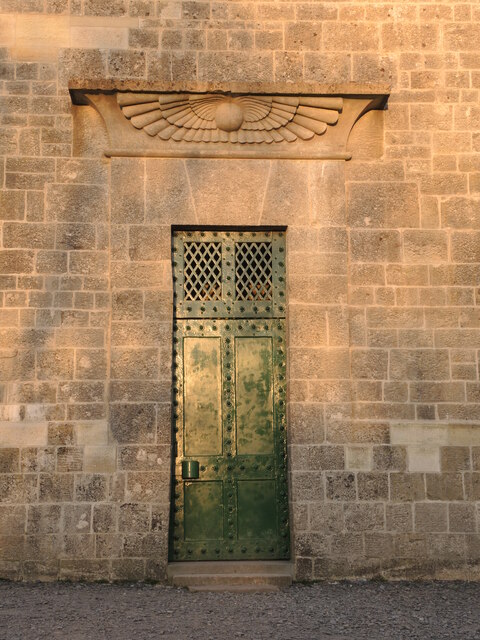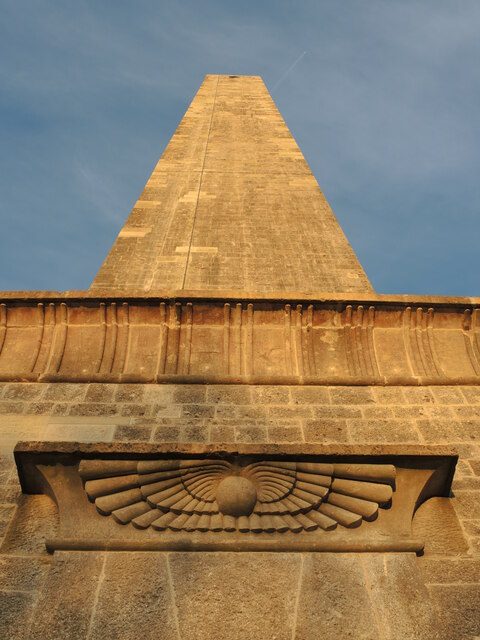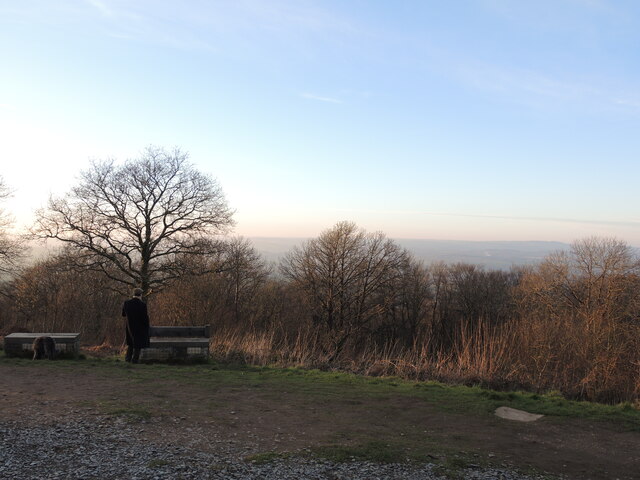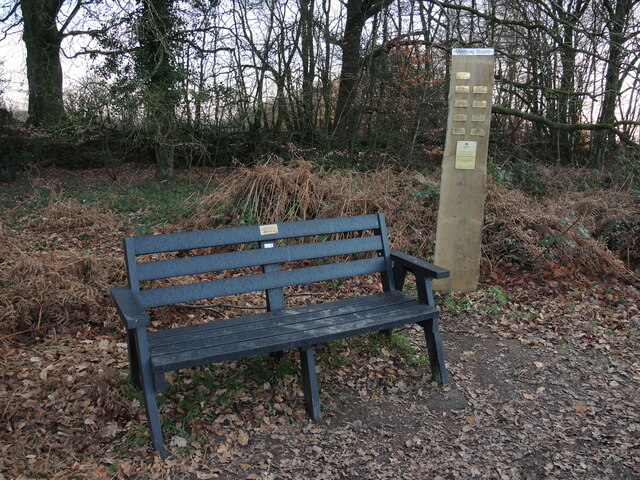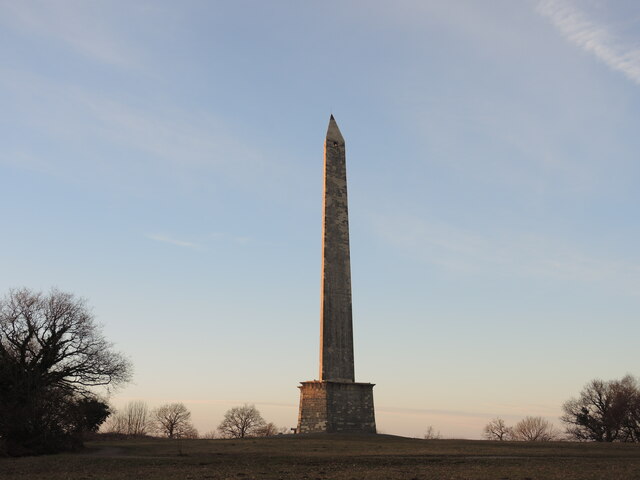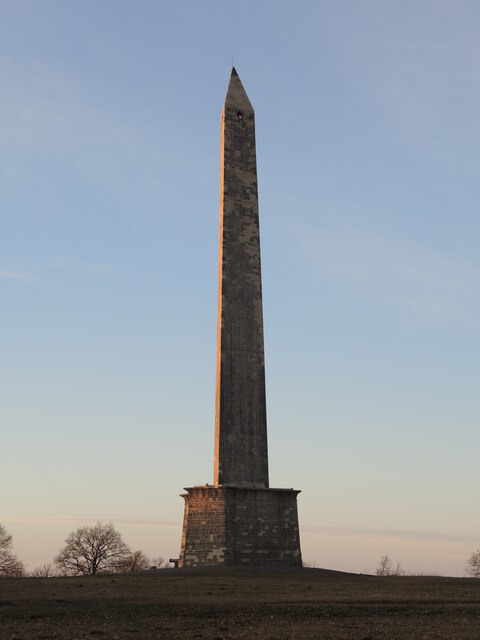Higher Castle Copse
Wood, Forest in Somerset Somerset West and Taunton
England
Higher Castle Copse
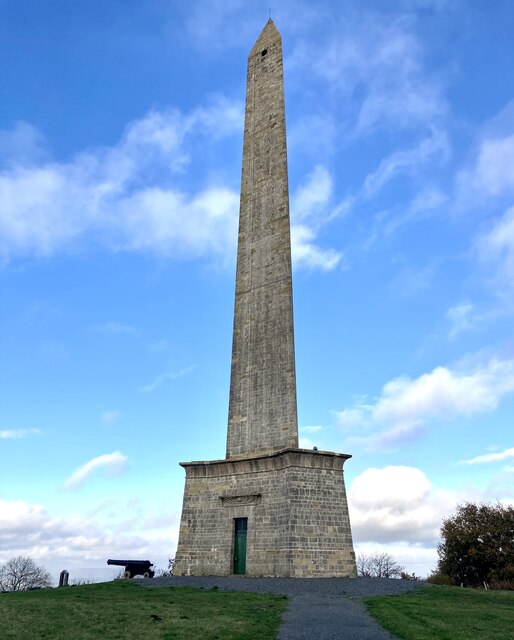
Higher Castle Copse is a picturesque woodland located in Somerset, England. Situated in the heart of the county, it covers an area of approximately 10 hectares. The copse is part of the larger Castle Neroche Forest, which spans over 300 hectares of diverse natural beauty.
The woodland is characterized by its dense canopy of towering trees, consisting primarily of native species such as oak, beech, and birch. These majestic trees create a serene and tranquil atmosphere, offering a peaceful retreat for nature enthusiasts and hikers alike.
Higher Castle Copse is home to a variety of wildlife, including several rare and protected species. Visitors can spot an array of birds, such as woodpeckers, nuthatches, and owls, as well as small mammals like hedgehogs and foxes. The copse also provides a habitat for a diverse range of insects, adding to the biodiversity of the area.
The forest is crisscrossed by a network of well-maintained trails, making it accessible for walkers and nature lovers of all abilities. These paths lead visitors through the enchanting woodland, offering stunning views and opportunities to observe the flora and fauna up close.
Higher Castle Copse is not only a haven for wildlife but also holds historical significance. It is believed to have been part of a medieval hunting forest and has remnants of ancient earthworks and fortifications. These historical features add an extra layer of intrigue to the copse, captivating visitors with its rich past.
Overall, Higher Castle Copse is a captivating woodland that offers a unique blend of natural beauty, wildlife, and historical significance. Whether exploring its trails, observing its diverse ecosystem, or simply enjoying its tranquility, this Somerset woodland provides a delightful experience for all who visit.
If you have any feedback on the listing, please let us know in the comments section below.
Higher Castle Copse Images
Images are sourced within 2km of 50.950068/-3.22768 or Grid Reference ST1317. Thanks to Geograph Open Source API. All images are credited.

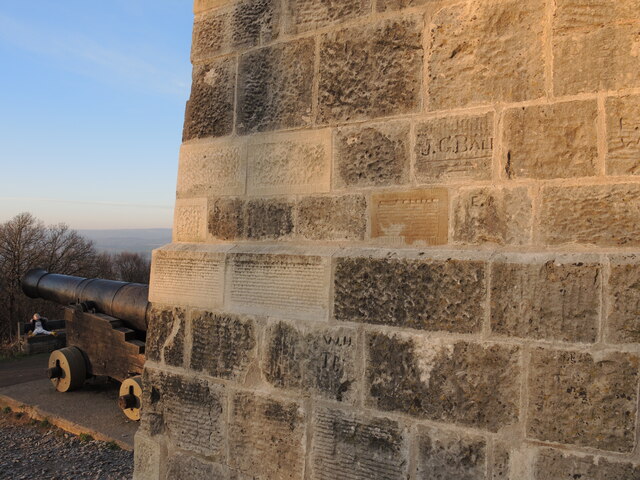
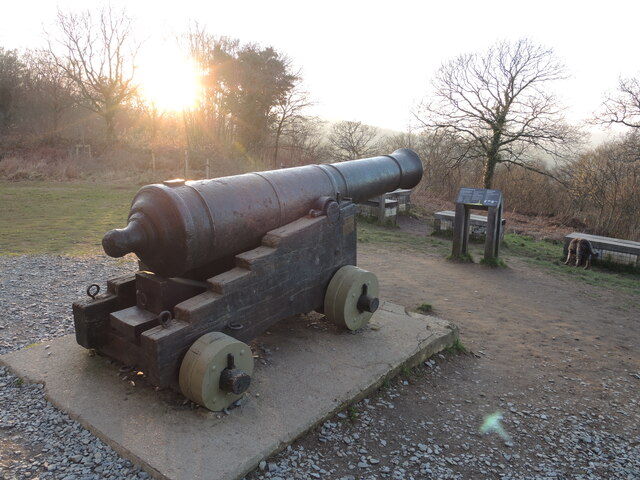
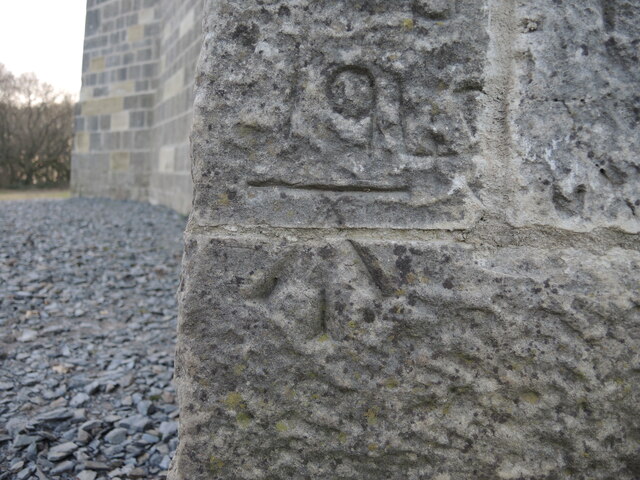
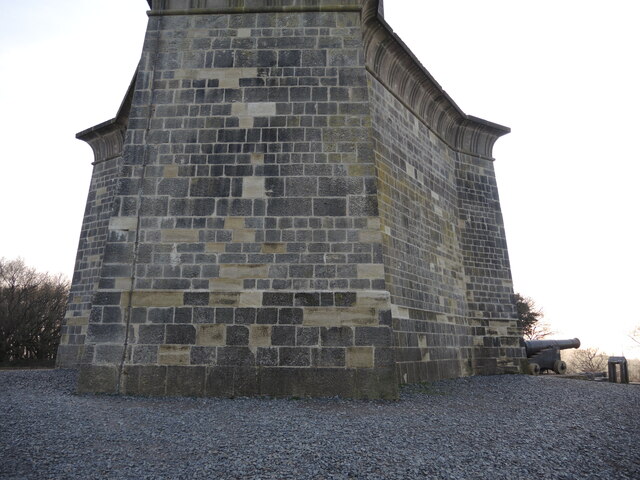
Higher Castle Copse is located at Grid Ref: ST1317 (Lat: 50.950068, Lng: -3.22768)
Administrative County: Somerset
District: Somerset West and Taunton
Police Authority: Avon and Somerset
What 3 Words
///shepherds.stamp.jaundice. Near Hemyock, Devon
Related Wikis
Wellington Monument, Somerset
The Wellington Monument is a 175-foot-high (53 m) triangular obelisk located on a point of the Blackdown Hills, 3 km (1.9 miles) south of Wellington in...
Blackdown Hills National Landscape
The Blackdown Hills National Landscape is a National Landscape along the Somerset-Devon border in south-western England, which were designated in 1991...
Wellington Rural District, Somerset
Wellington was a rural district in Somerset, England, from 1894 to 1974. It was created in 1894 under the Local Government Act 1894. In 1974 it was abolished...
Wellington Without
Wellington Without is a civil parish in Somerset, England. It lies south of Wellington and has a population of 727. The parish includes the hamlet of Ford...
Nearby Amenities
Located within 500m of 50.950068,-3.22768Have you been to Higher Castle Copse?
Leave your review of Higher Castle Copse below (or comments, questions and feedback).
